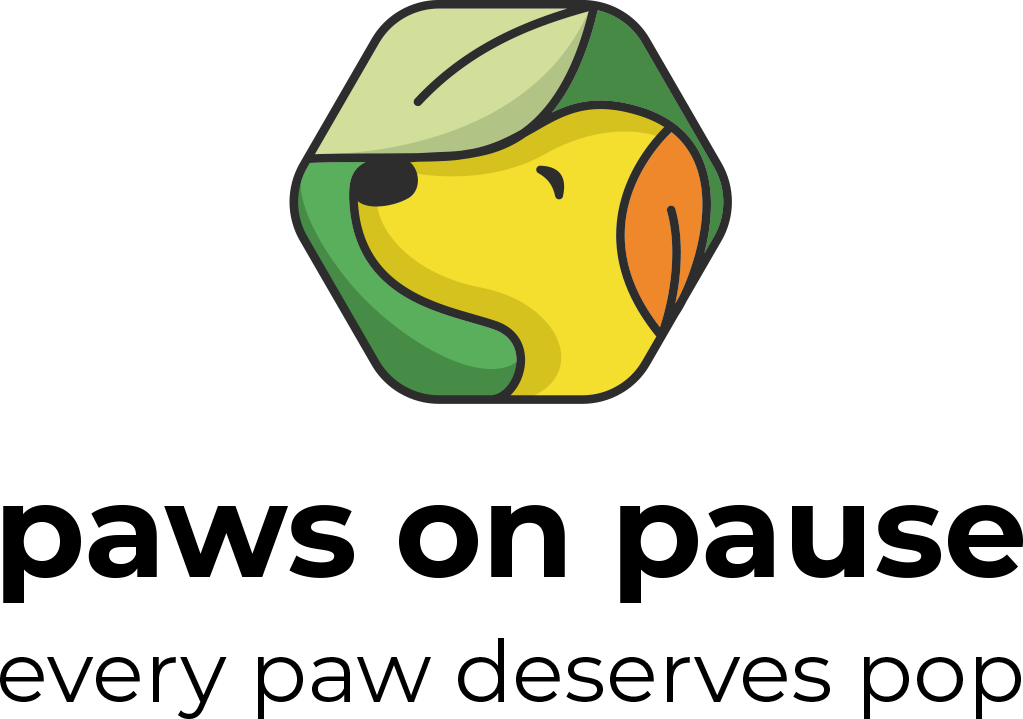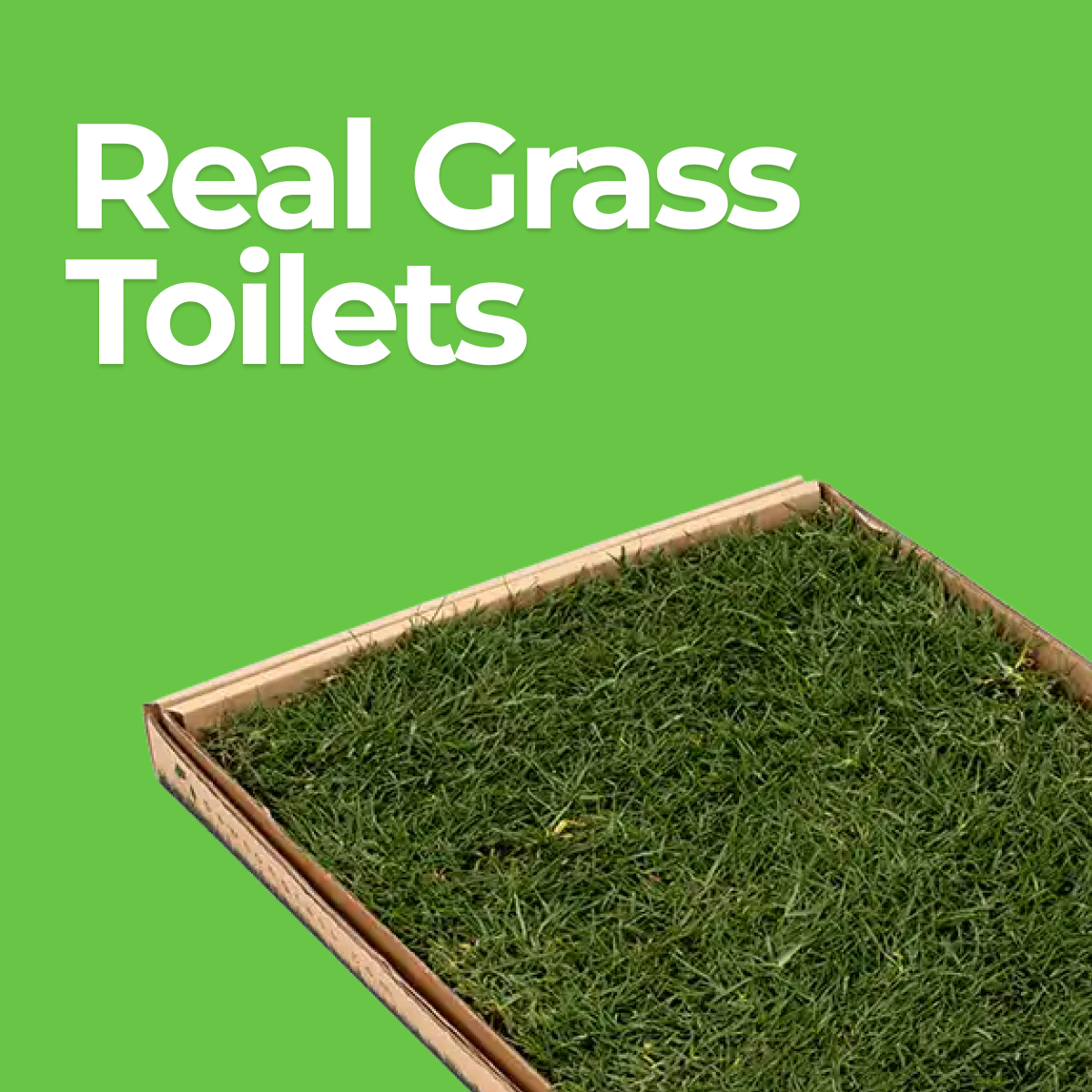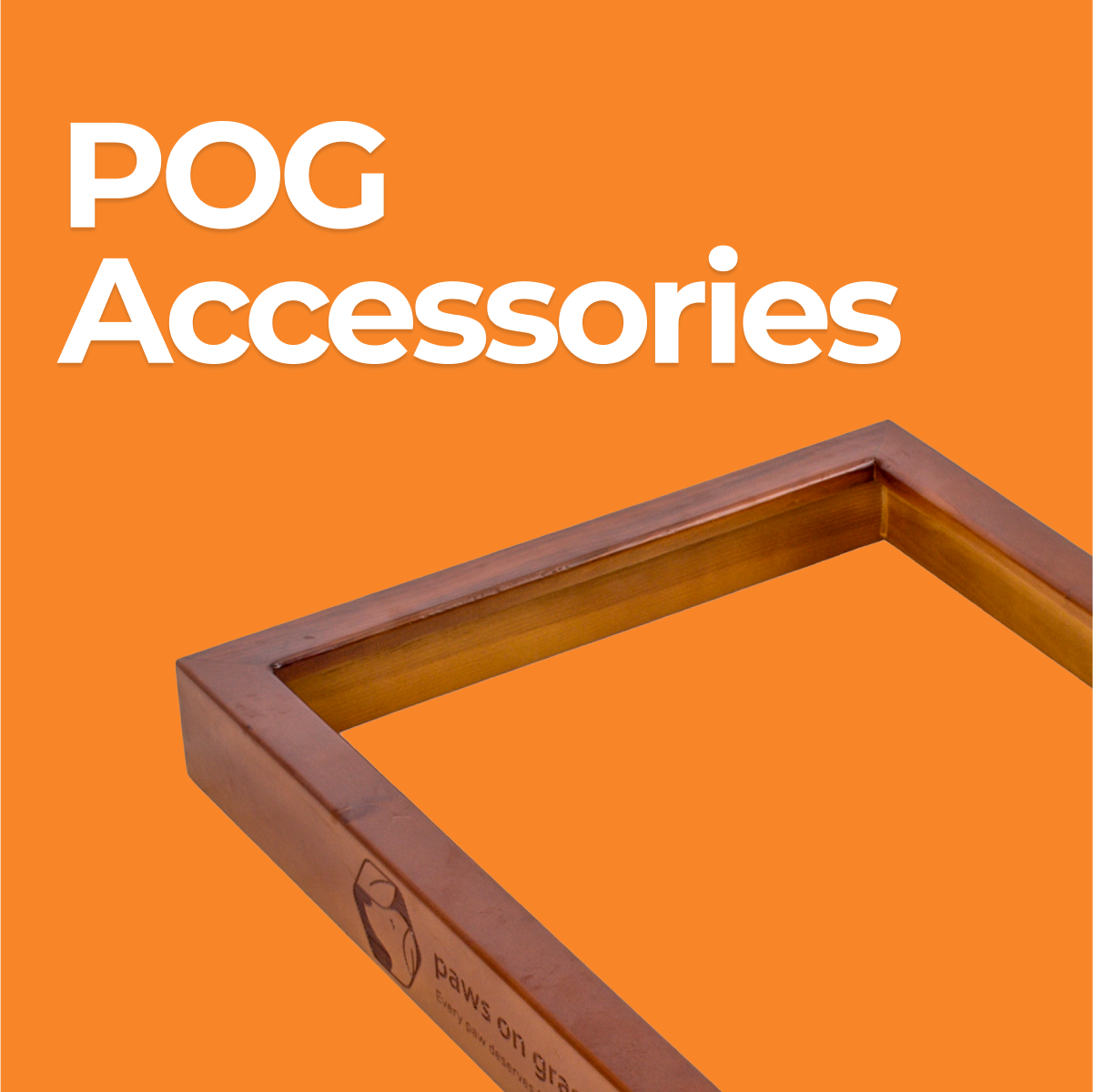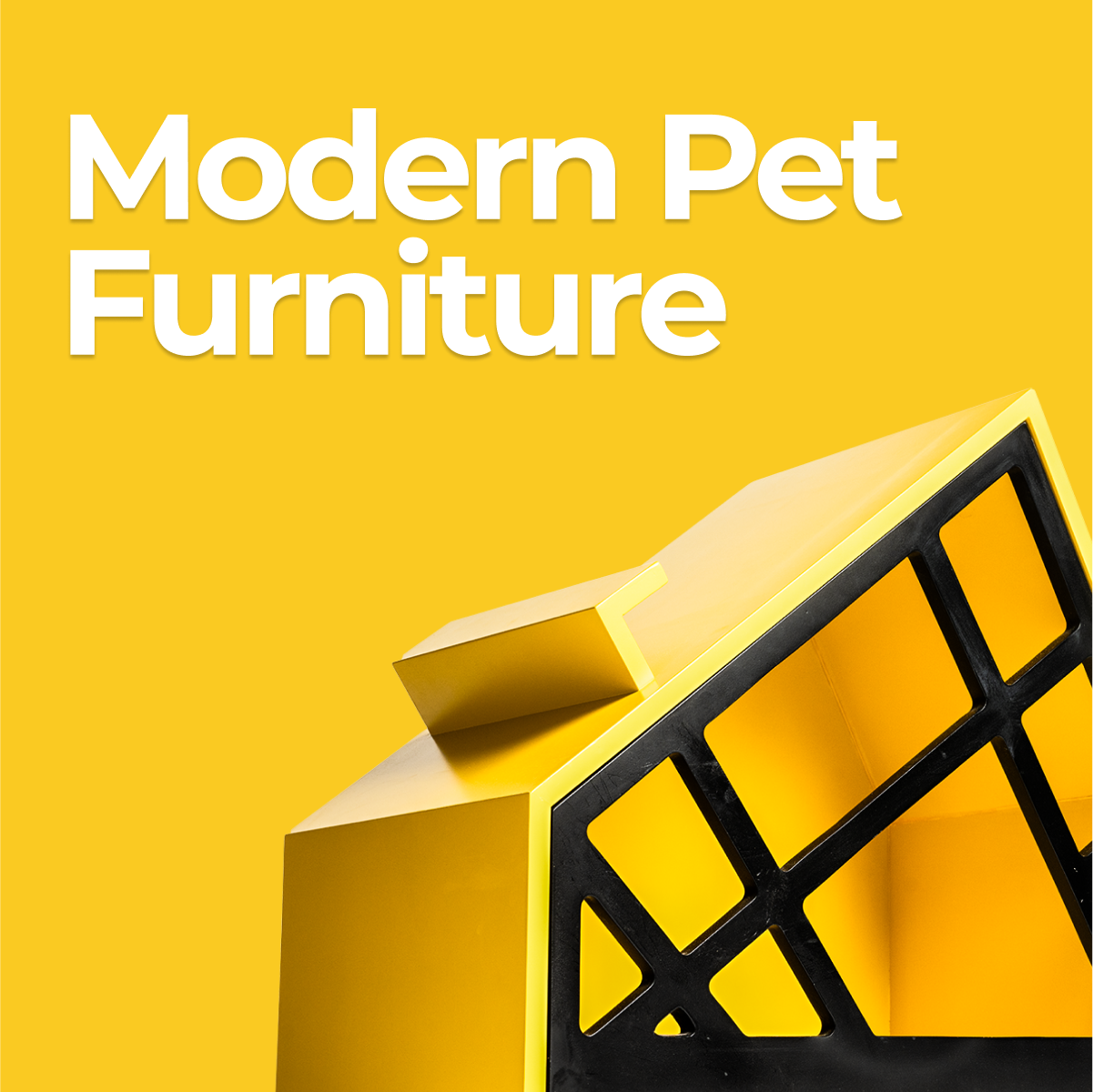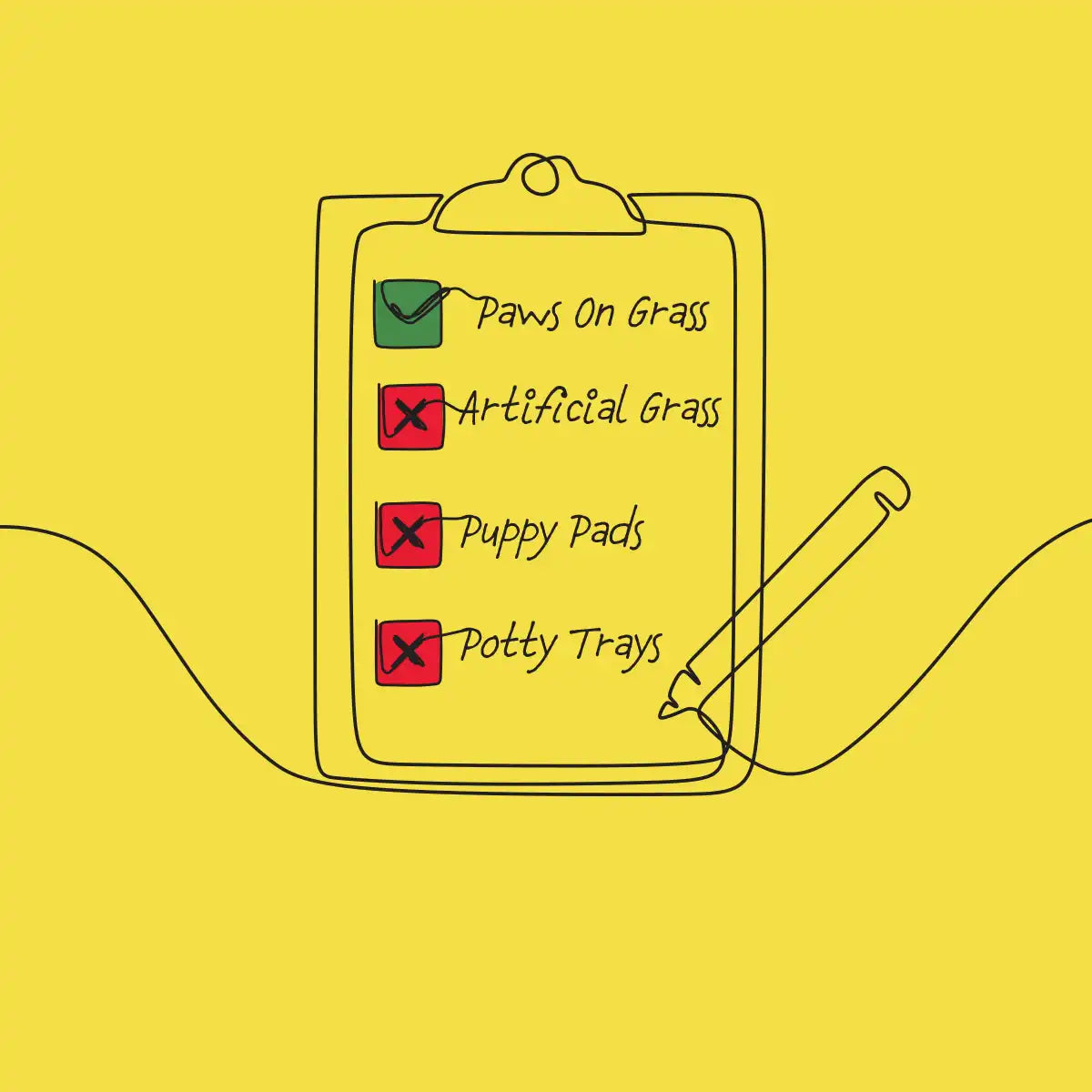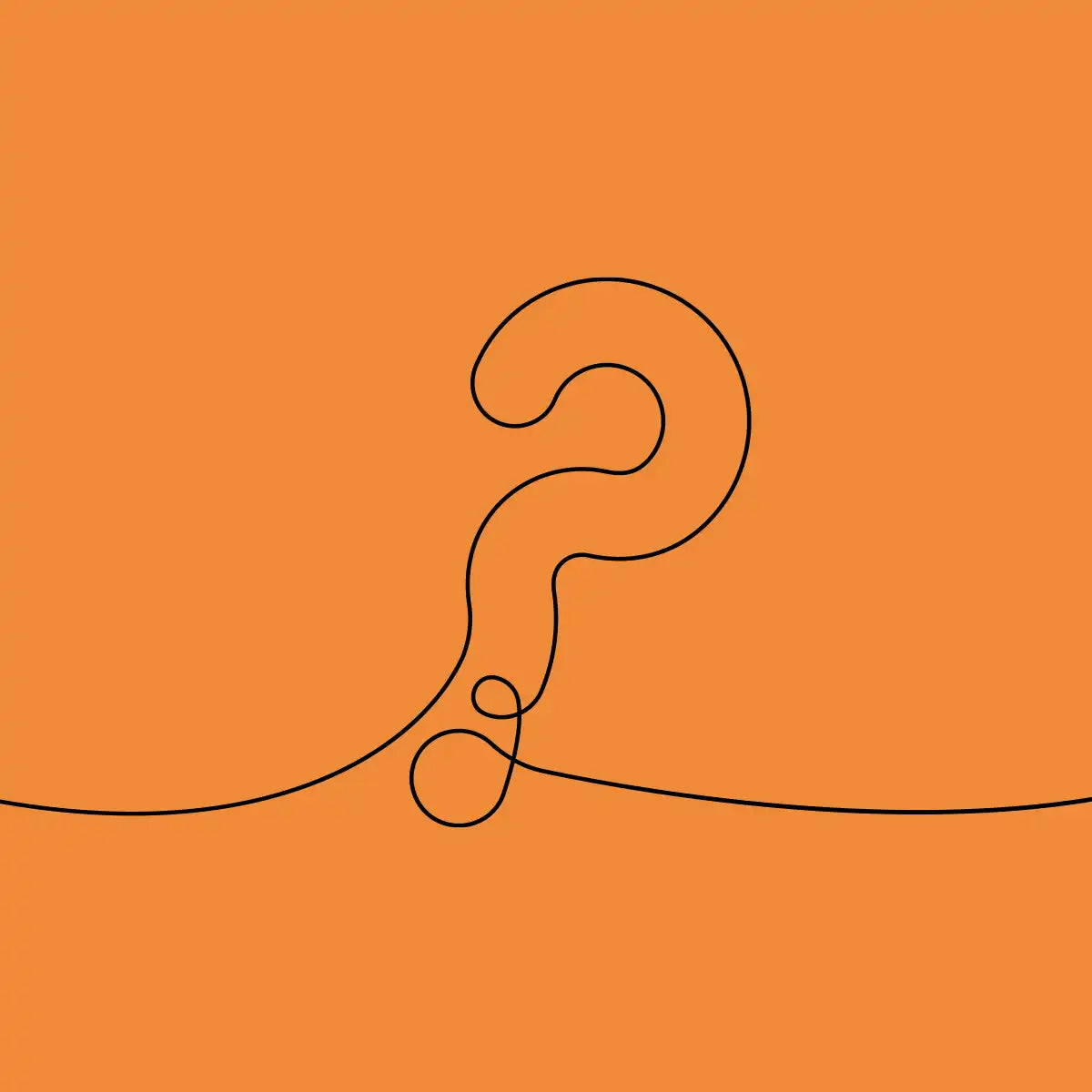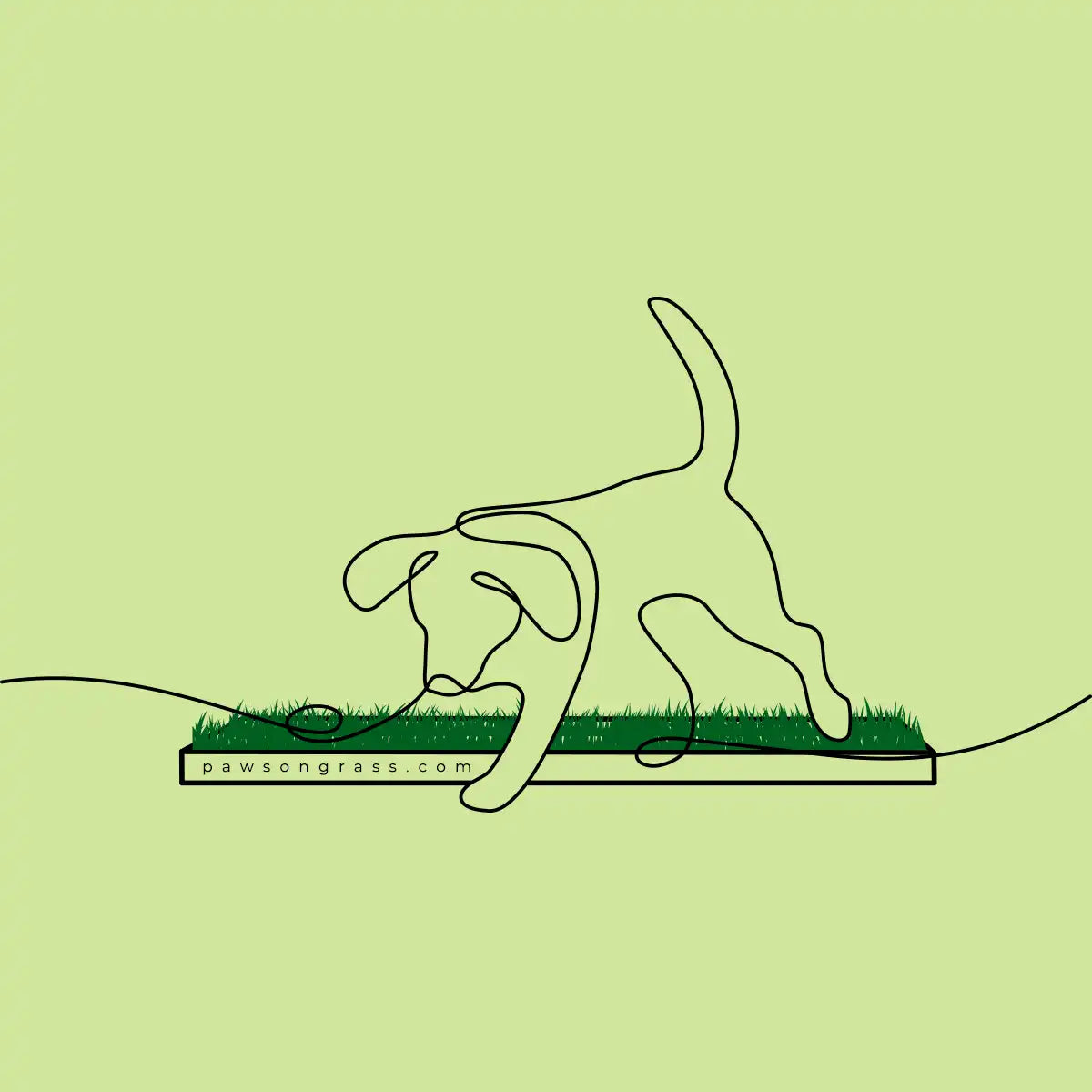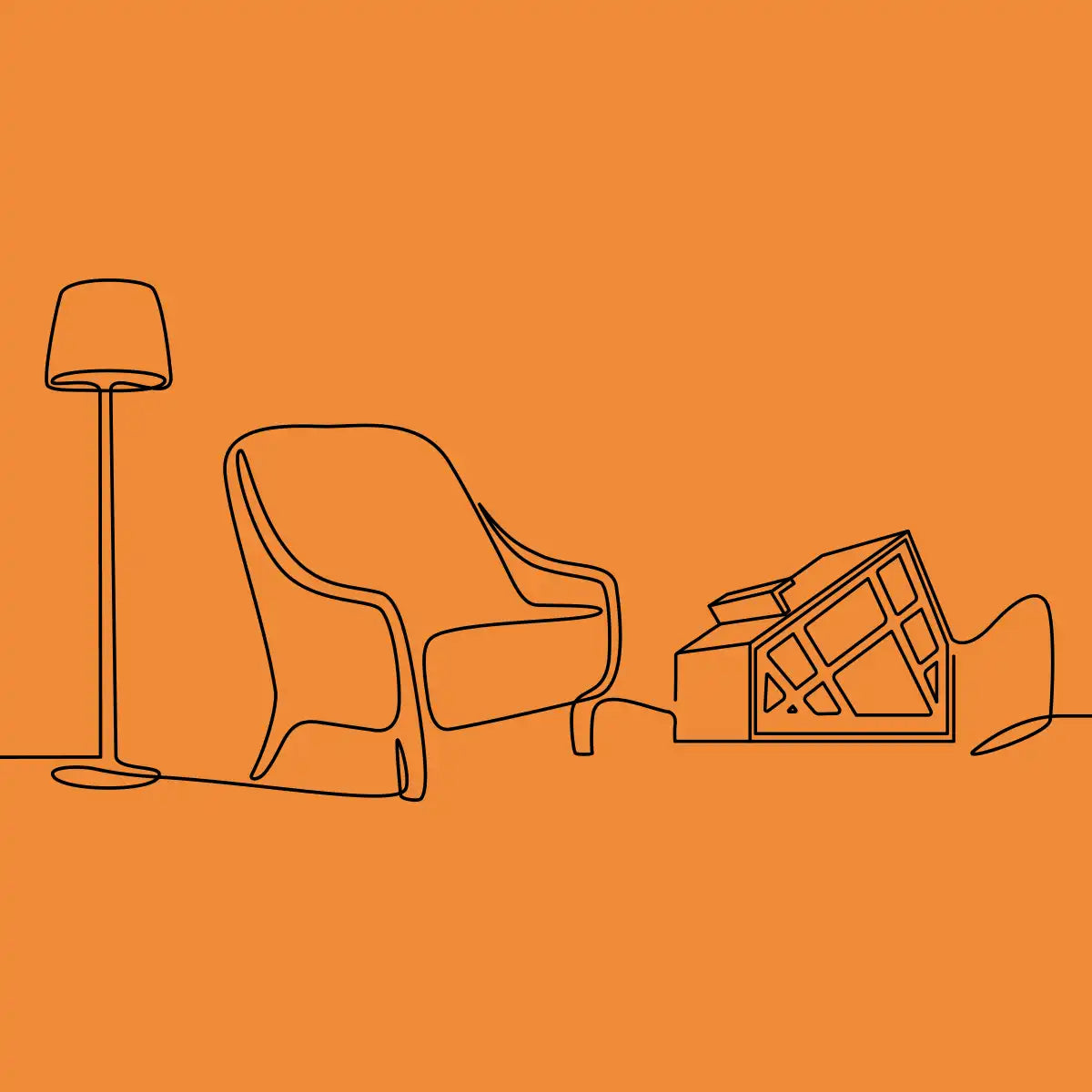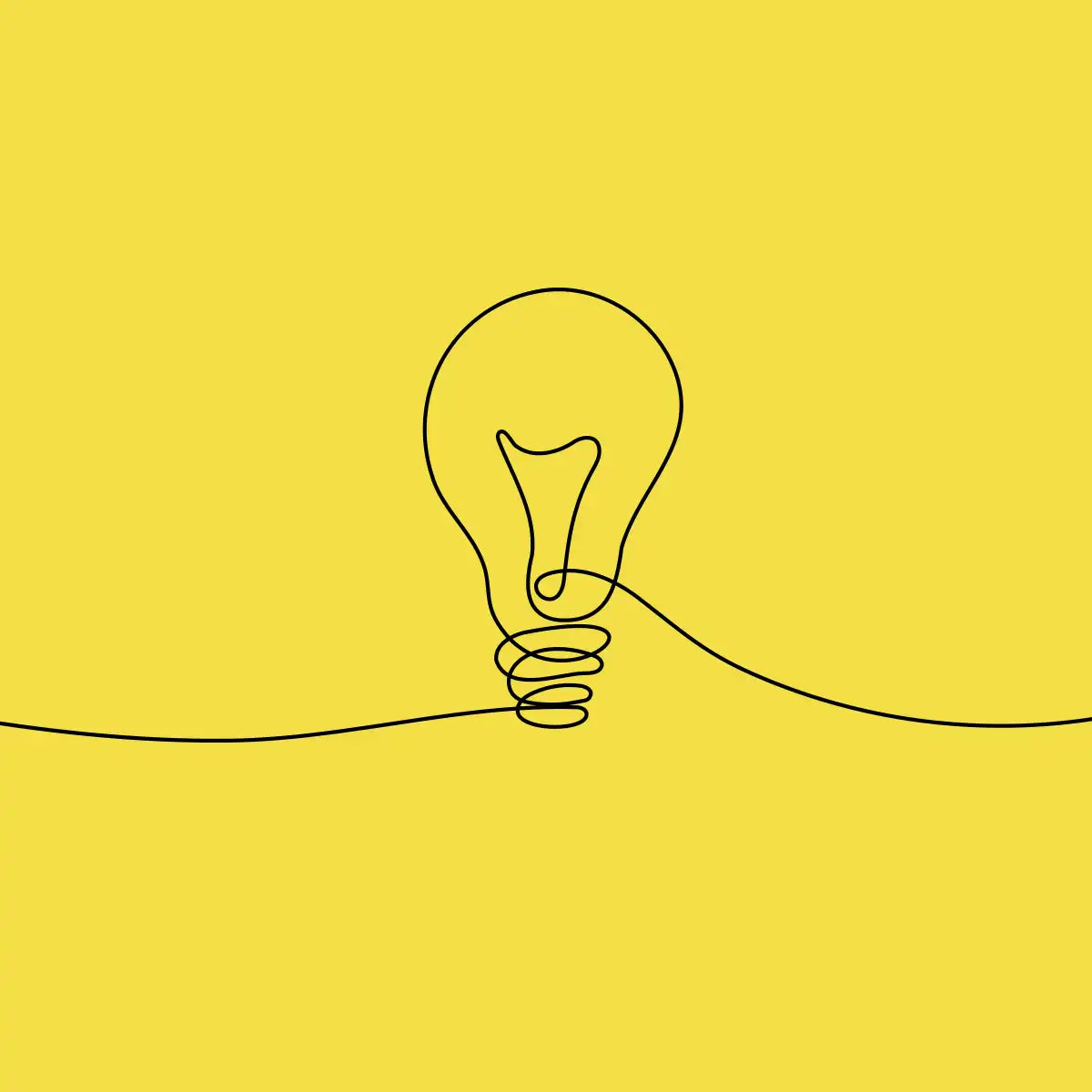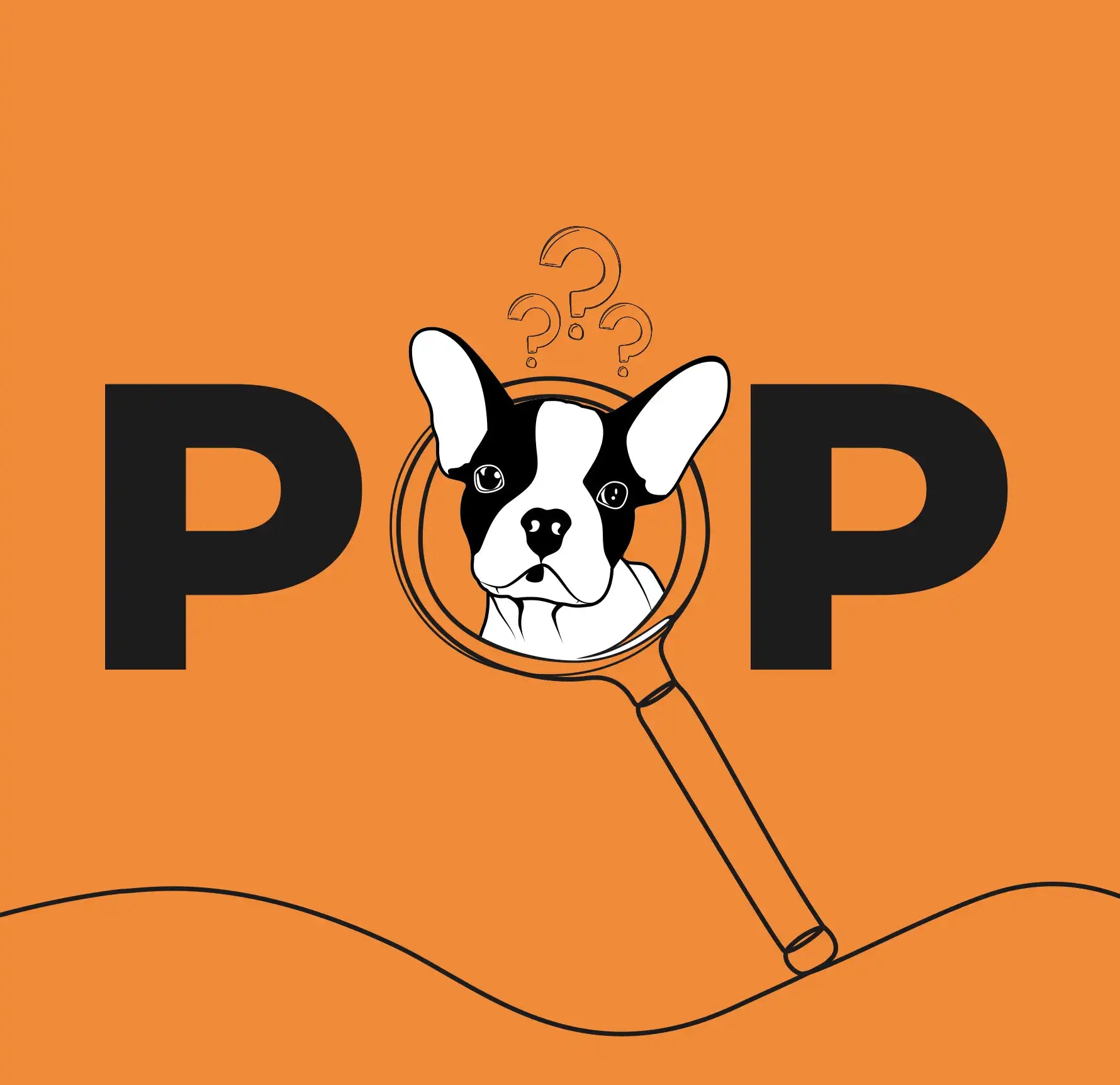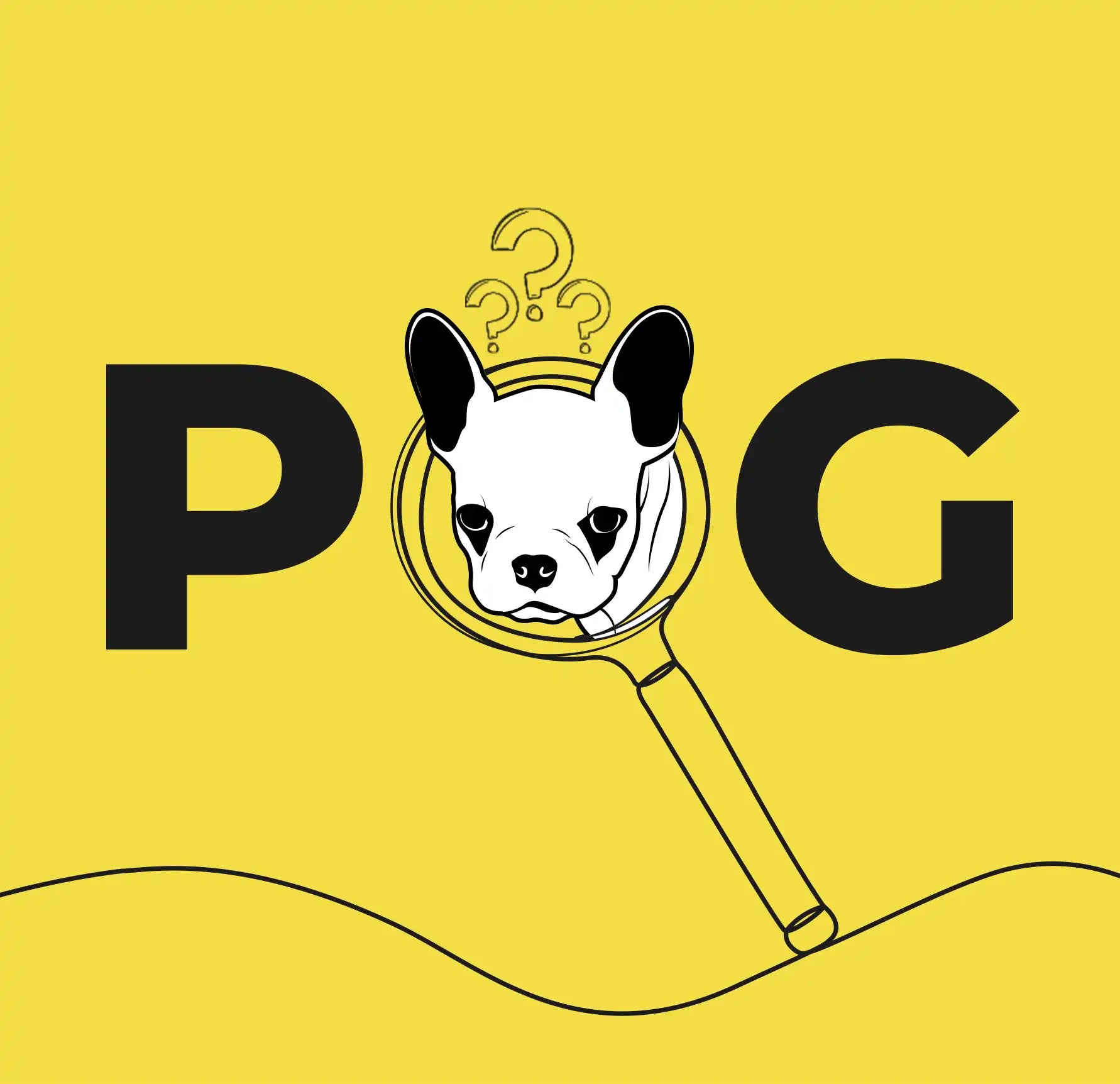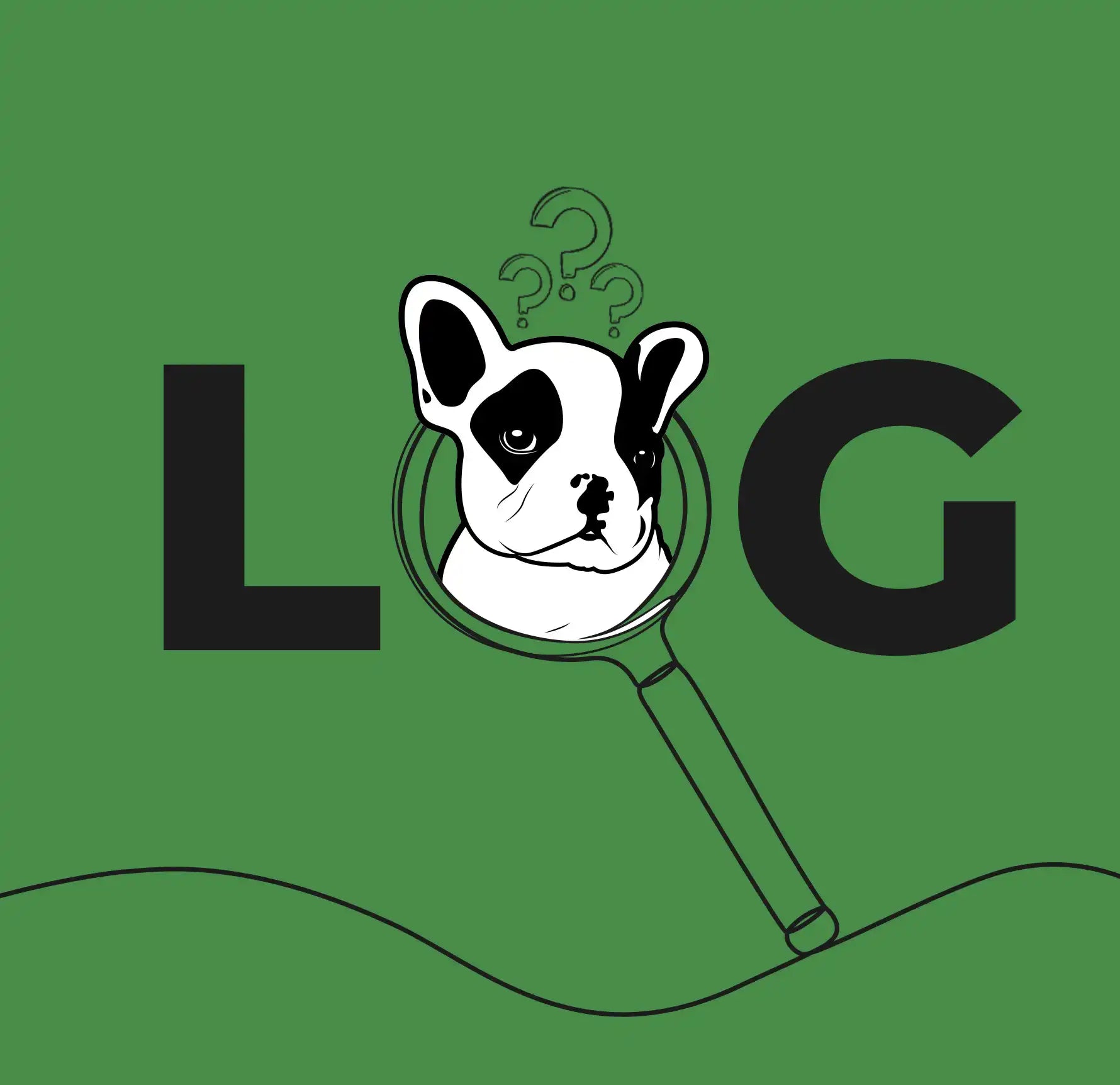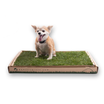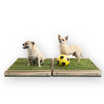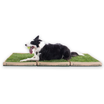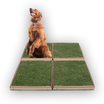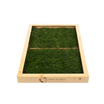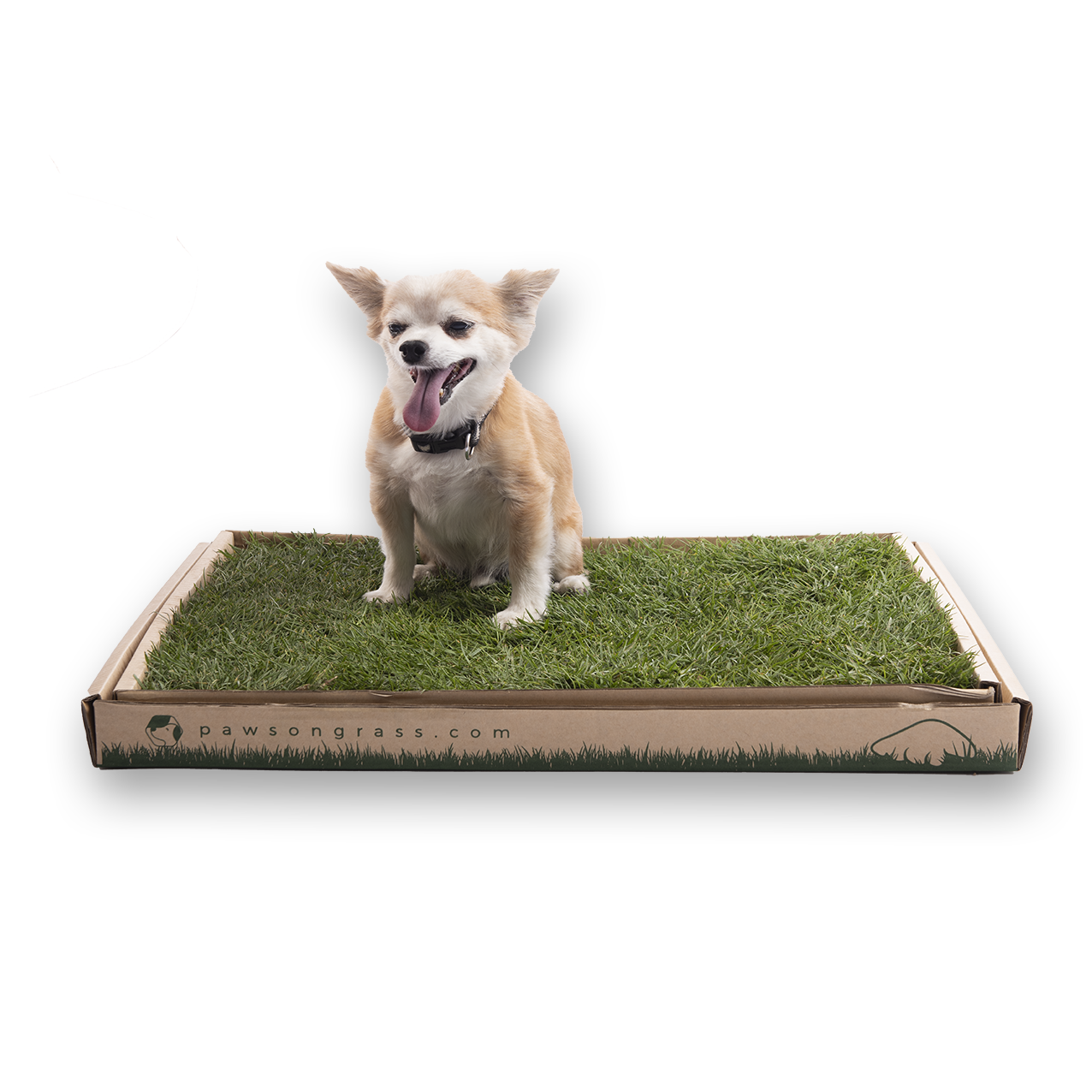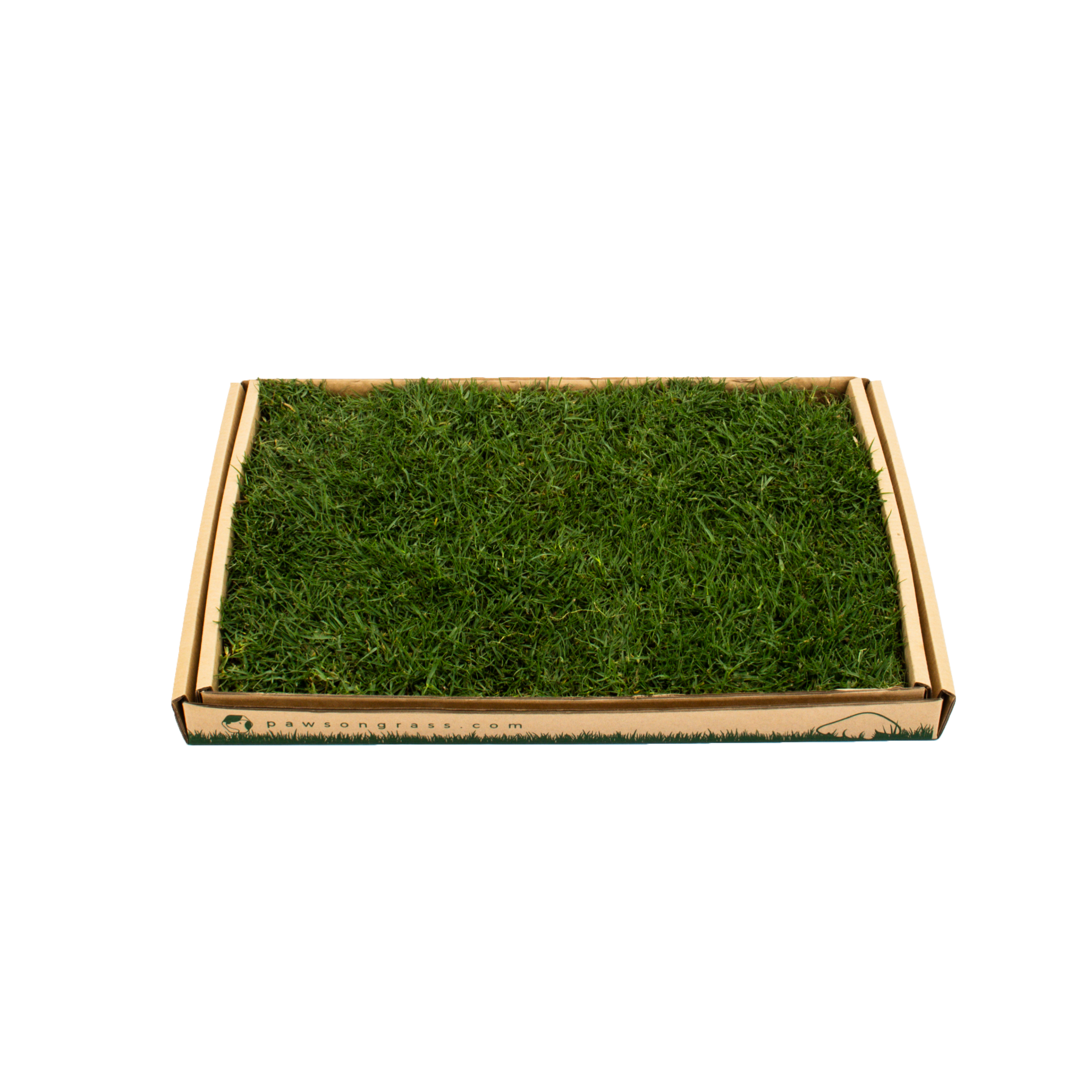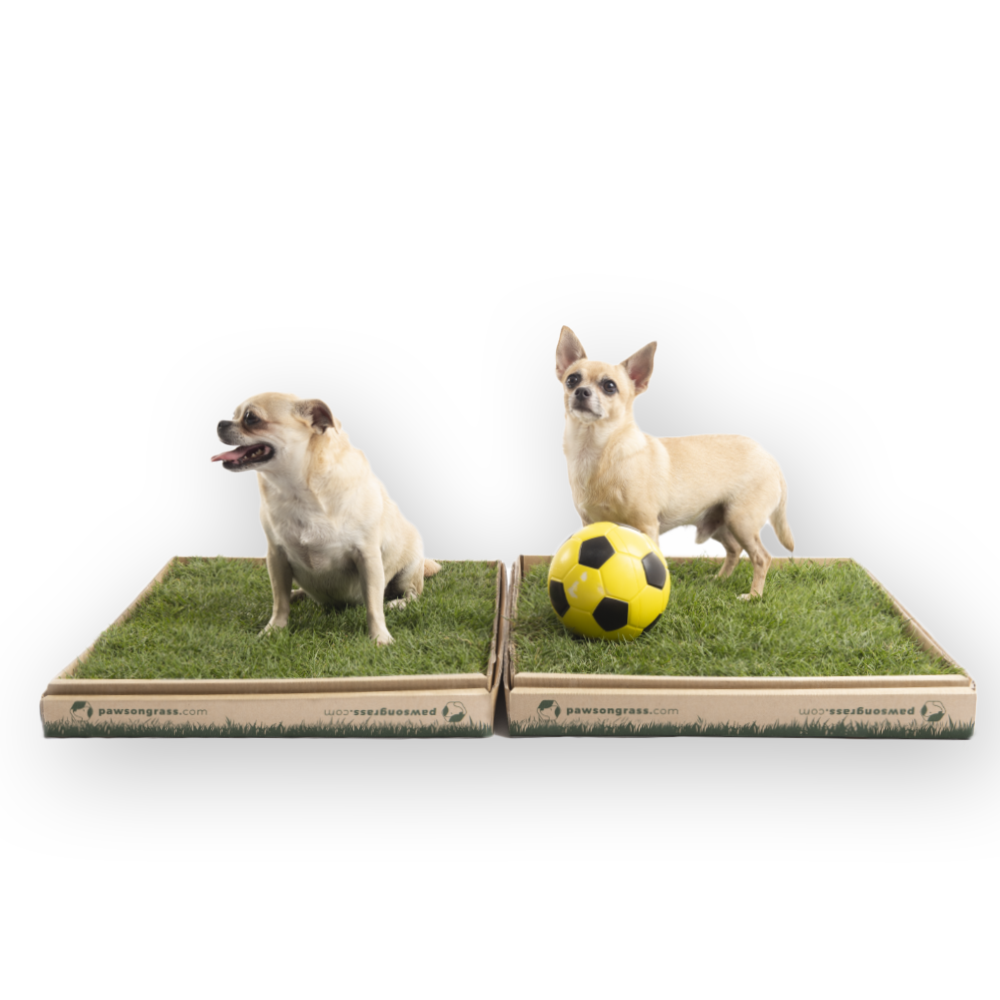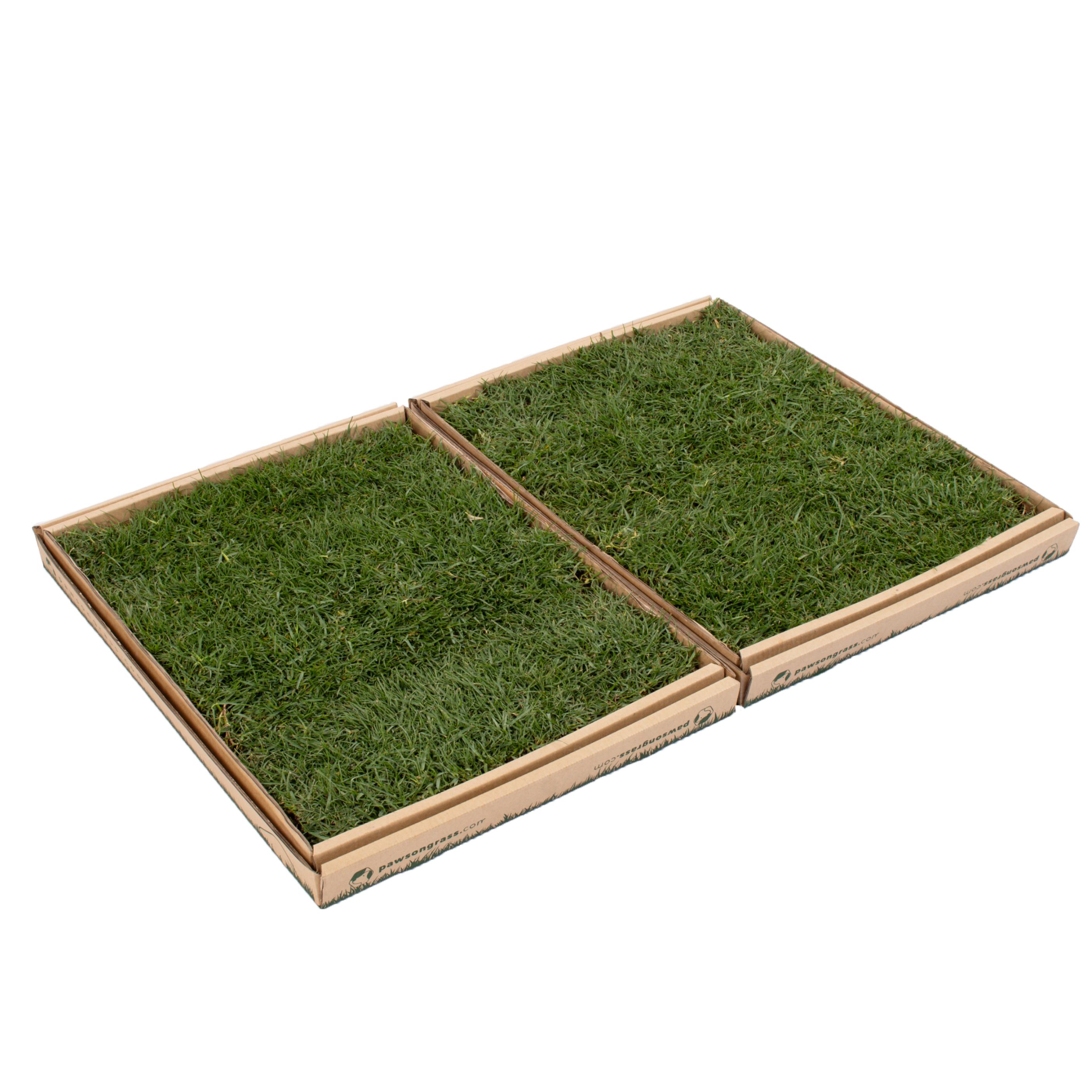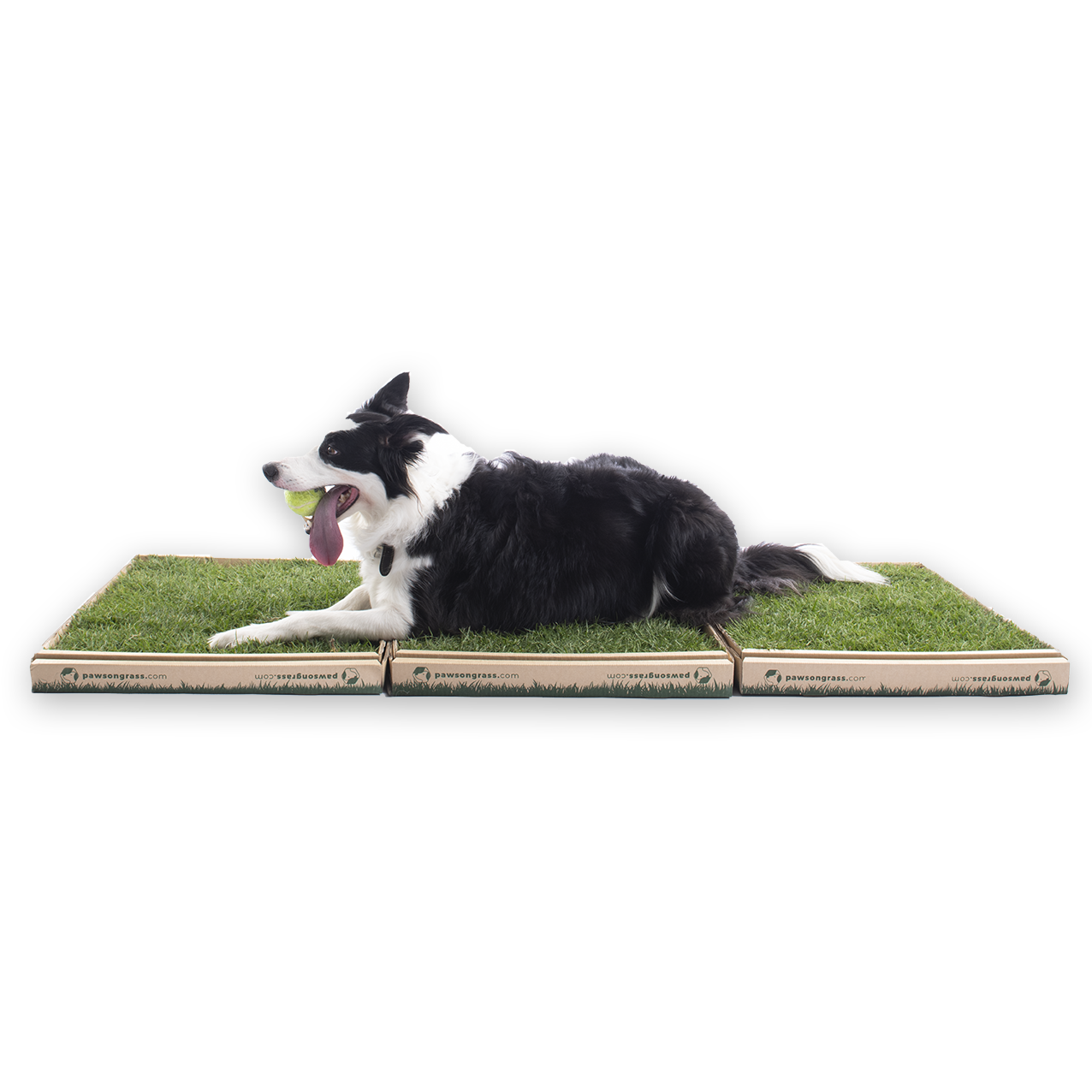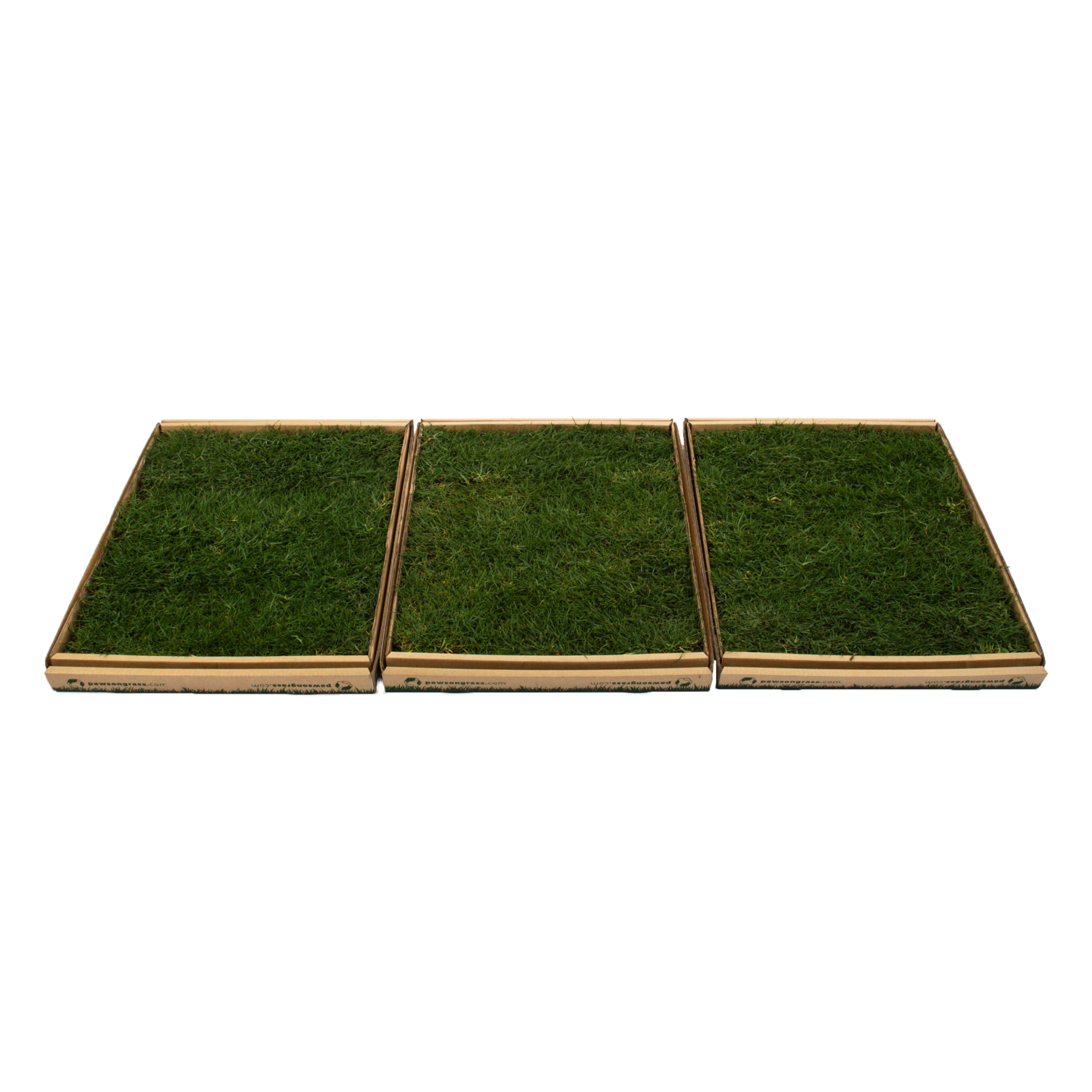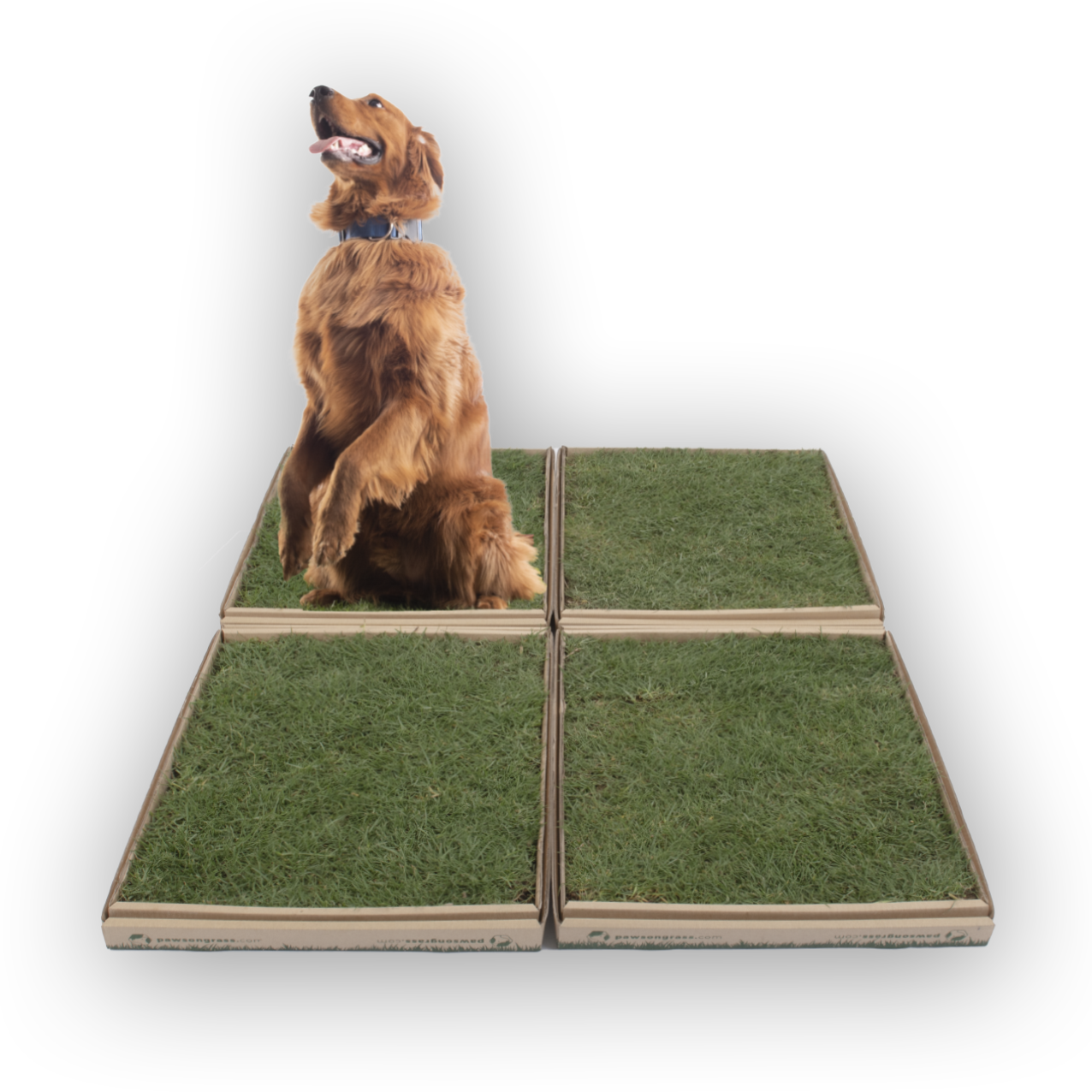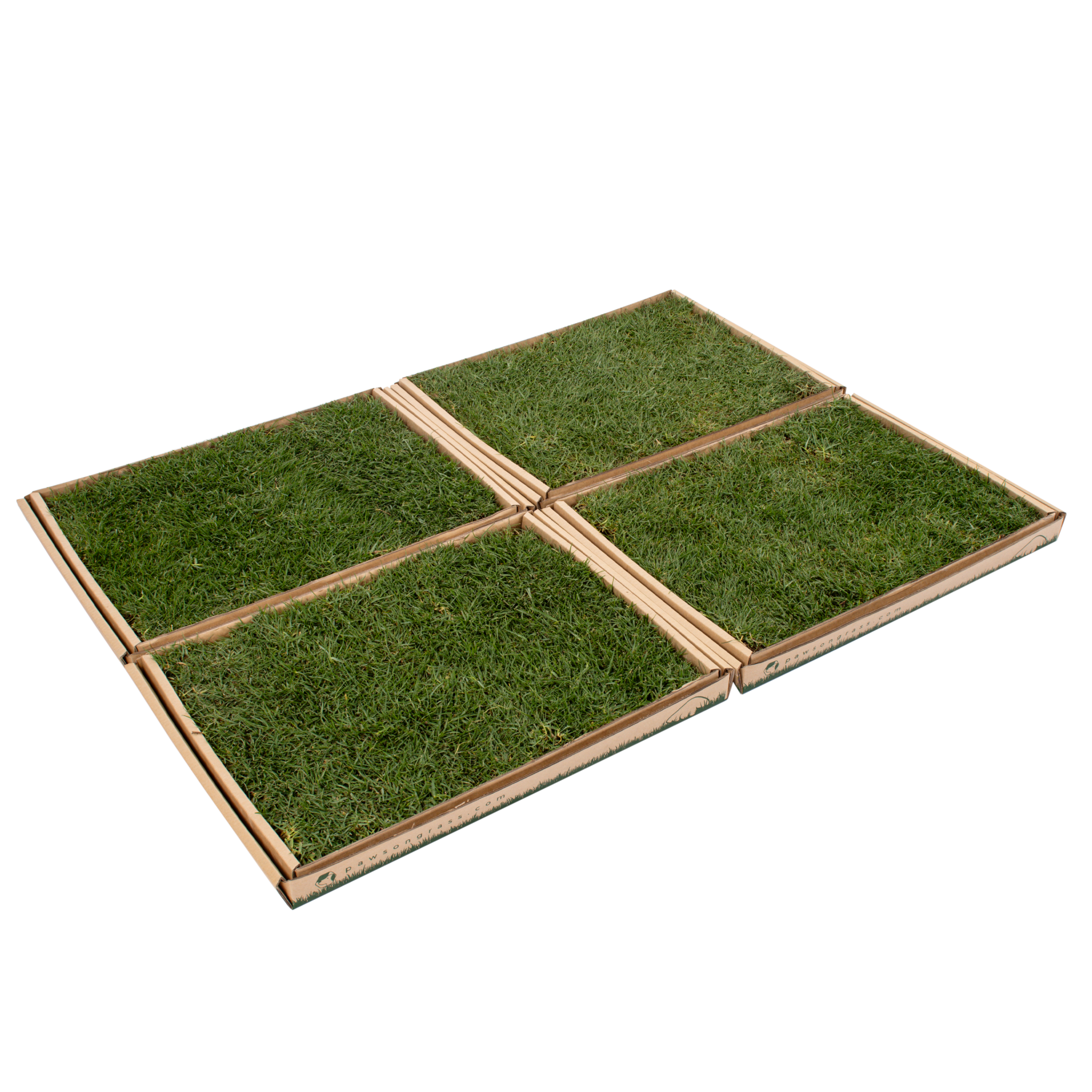Helping Your Pup Adapt to the POG
10 Potty Training Tips for Success
Potty training your pup on the POG real grass toilet can be a smooth and successful process with the right guidance. Follow these helpful tips and step-by-step instructions to ensure a stress-free and effective potty training experience for both you and your furry friend.
Creating a Comfortable Potty Spot
Prepare the POG Area
- Choose a suitable location for the POG in your home, preferably in a quiet and easily accessible area.
- Lay down the POG and ensure it is securely in place.
- Introduce your pup to the POG area and allow them to explore it.
Setting the Stage for Potty Training
Create a Consistent Schedule
- Establish a regular feeding schedule for your pup, as this will help regulate their potty times.
- Take your pup to the POG after meals, naps, and playtime to encourage them to associate the area with potty breaks.
- Use a consistent command or cue, such as "Go potty," to communicate your expectations.
Encouraging Good Behavior
Reward Your Pup's Progress
- Praise your pup with enthusiastic and positive verbal cues when they use the POG correctly.
- Immediately reward them with a small treat or a favorite toy to reinforce the desired behavior.
- Be patient and consistent with your rewards, gradually reducing them as your pup becomes more accustomed to using the POG.
Avoid punishments, scolding, or physical discipline.
Preventing Accidents and Encouraging Success
Keep an Eye on Your Pup
- Keep a close eye on your pup, especially during the initial stages of potty training.
- Supervise them in the designated POG area to prevent accidents elsewhere in the house.
- If you notice signs that your pup needs to go, such as sniffing or circling, immediately guide them to the POG.
Ensuring a Fresh and Inviting Space
Maintain a Clean POG
- Regularly check the POG for any soiled or discolored areas and remove them promptly.
- Replace the grass periodically to maintain a clean and hygienic environment for your pup.
- Use pet-safe cleaning products to eliminate any odors and maintain a fresh scent in the POG area.
Encouraging Potty Behaviors
Enhance Training with Potty Training Spray
- Spray a potty training spray on the POG to attract your pup.
- Introduce your pup to the sprayed area and encourage them to sniff it.
- Reinforce their positive behavior with rewards when they use the sprayed area.
Moving Towards the POG
Transition from Pee Pad or Artificial Grass
- Place the POG on top of the pee pad or artificial grass in the same area.
- As your pup becomes comfortable using the POG, gradually remove the pee pad or artificial grass.
- Move the POG to an ideal location, such as the balcony, once your pup has successfully transitioned.
Providing Direction for Potty Time
Guide Your Pup with a Leash
- Attach a leash to your pup before bringing them to the POG.
- Guide them to the grass pad and allow them a few minutes to go potty.
- Using the leash gives you control and increases the chances of successful potty training.
Positive Approach to Accidents
Handle Accidents with Patience
- Clean up accidents elsewhere in your home calmly and without fuss.
- Do not draw attention to the accident or scold your dog.
- Soak a napkin with pee and place it on the POG to familiarize the scent.
The Key to Successful Potty Training
Stay Consistent and Patient
- Establish a regular feeding schedule for your pup, as this will help regulate their potty times.
- Take your pup to the POG after meals, naps, and playtime to encourage them to associate the area with potty breaks.
- Use a consistent command or cue, such as "Go potty," to communicate your expectations.
Embrace the Journey Towards a Greener Pawprint
Paws for the Planet: A Step in the Right Direction
Transitioning to the POG Real Grass Toilets is more than just a convenience; it's a step towards a healthier lifestyle for your pet and a brighter future for our planet. We understand that change comes with its challenges, but the rewards are well worth it — for you, your dog, and the environment.
